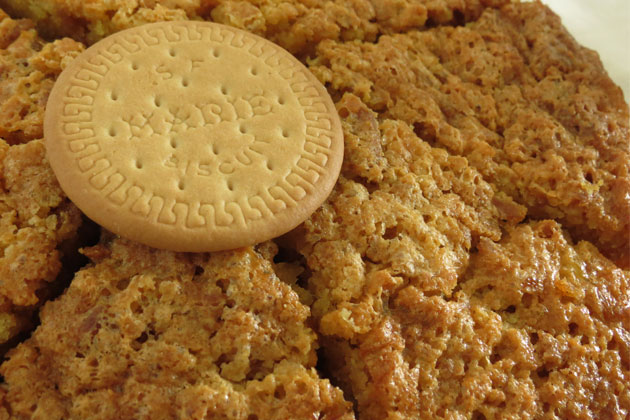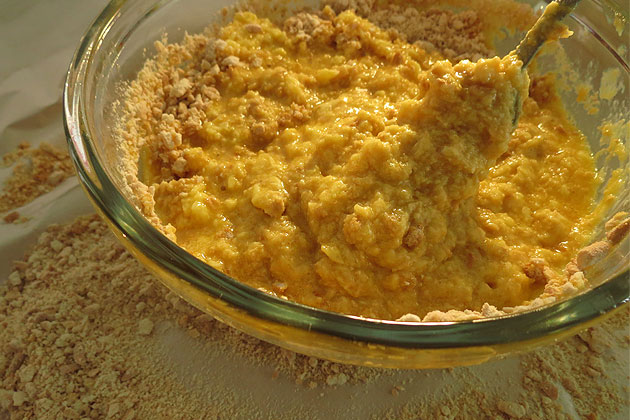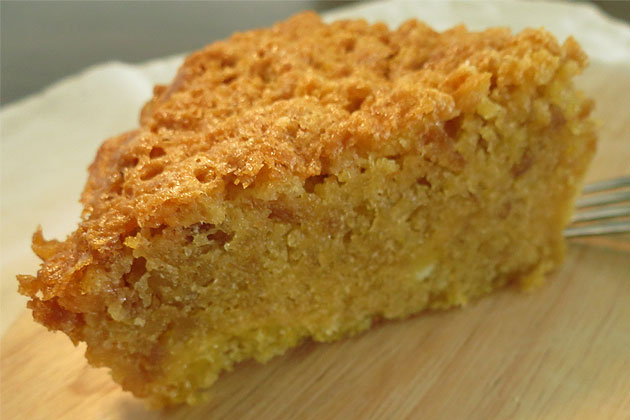
Rose Marie Cake: The mystery of the history behind it.
By Thammika Songkaeo - Tuesday, May 12, 2015
“I’ve never heard of Rose Marie Cake…” “Rose Cake? Marie Cake? Rose Marie Cake? Must be a modern cake…” “No, lah, no. Don’t have. Never have…” These words came over the phone and in person at some baking schools and well-established bakeries in Singapore – even those that have been around since the 1960s – when we asked about the existence of Rose Marie Cake, which is brought up in the late Mrs Leong Yee Soo’s book, The Best of Singapore Cooking. Mrs Leong was a respected Peranakan authority on Singapore’s food.

Even Chef Damian D’Silva, chef owner of Immigrants Gastobar, that all Singapore tapas bar and restaurant, had never heard of the cake, saying, “It doesn’t sound Asian. It must be western. I tell you what: Why don’t you give me the recipe that you found, and I’ll figure out what it is and what’s missing?”
Here’s what we found in The Best of Singapore Cooking, and the recipe made plenty for ten people:
Ingredients
20 egg yolks
170 g (6 oz) sugar
340 g (12 oz) butter
1 teaspoon vanilla essence
6 egg whites beaten with 1 tablespoon sugar
A:
85 g (3 oz) flour
170 g (6 oz) Marie biscuits, finely pounded and sifted
1 ½ teaspoon baking powder
½ teaspoon mixed spices (pounded cinnamon, cloves, star anise and cardamom)

Method
1.Beat egg yolks with 85 g (3 oz) of the sugar till thick and creamy.
2.Cream butter with the remaining sugar till fluffy. Beat in the vanilla essence.
3.In a clean and dry bowl, whisk egg whites and 1 tablespoon sugar till stiff.
4.Sift A. Fold the sifted ingredients, egg yolks and whites into the creamed mixture.
5.Pour mixture into a greased cake tin and bake in oven at 150C degrees Celsius (350 degrees Fahrenheit) or Regulo 4 for 15 minutes. Reduce heat to 135 degrees Celsius and bake for another ¾ – 1 hour.
And we made it.
The result? A dense, eggy concoction that doesn’t melt in your mouth like yellow cakes do. It in fact can remind you a bit of kueh ambon, but with the extra crunch of Marie biscuits.
The biggest surprise was Chef Damian D’Silva’s realization, after viewing the recipe “The recipe you have is not a cake…” he said.
“It’s almost like a biscuit crumble,” which should have been the base layer to a custard. He suspects he has tasted from his grandfather. “It’s a biscuit crumble, then you have a cake on top of that, and then the last bit on top should be custard. It’s like a bucket cake. When Granddad used to make it, the biscuit used to be ½-inch thick.”

If the chef is right, then, to make the “cake” only ½-inch thick, we would have needed a very large cake tin, to spread out the content. And there’s still the mystery of how the texture, following the recipe, would have yielded a crumble base. It wasn’t as crunchy as a crumble base. Or should it be?
So, will the real Rose Marie Cake please stand up and explain what you are? You’re still shrouded in mystery, though we hear you’re in Singapore’s history.


